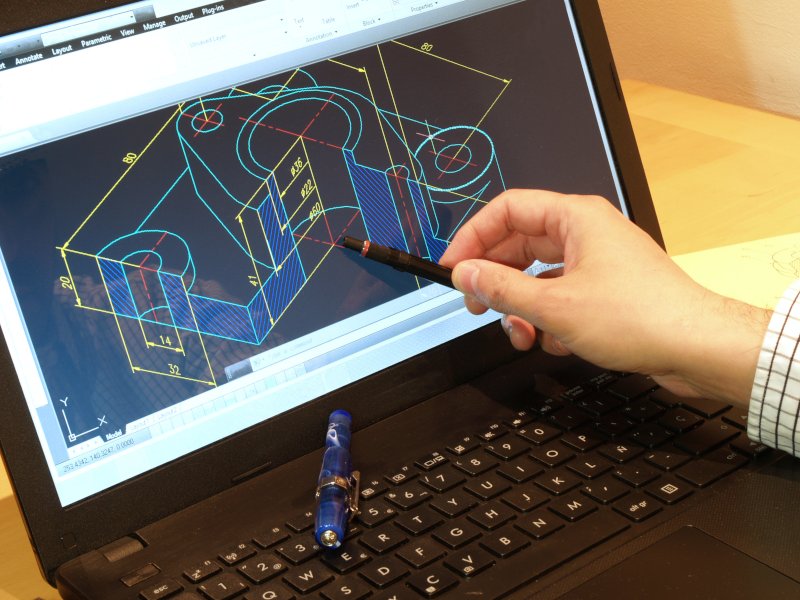Parametric design was the term used to describe a parameter-driven approach to structuring design processes. Design is usually understood to mean the completion of the design of a technical product, be it a machine, a plant, a device or a structure, so that production becomes possible. In order to achieve good work results, technical drawings and assembly instructions are necessary and helpful documents. But other parameters, such as information on the CNC production of a component, can also be contained in parametrically structured design data.

Parametric modelling is the control of a (CAD) design model using parameters. In contrast to direct design, the model is addressed via parameters instead of via its geometry. Thus, it is possible to change the model at any time by a simple parameter input. The different types of parameters differ according to their respective application, for example in topology parameters, geometry parameters such as geometric positions and dimensions, or manufacturing tolerances. In addition, process parameters such as NC traverse paths, data for heat treatment or physical parameters such as loads and materials are increasingly being stored in the design models.
How are the parameters implemented in the design process ?
By storing the parameters internally in the system, dependencies and relationships between them can be found. This is implemented in constraints or via restriction. The data entered from an external program, e.g. Excel, as well as manually, are automatically linked here. The so-called "held" values are now solved using mathematical methods to calculate the dependencies and relationships. These restrictions can define algebraic relations, measures, logical operations as well as congruence, parallelism and horizontality of geometric connections. By means of some authoritative values and construction rules, the construction of an intelligent model takes place. This is based on the so-called knowledge-based parametrics.
The constructions in the two-dimensional area take place via restriction displays and dimensions, which are associatively connected with the geometry and represent the parameters. This is also called dimension-driven geometry. To create the constructions, one first starts with the drawing of the geometry. The program then tries to identify the construction intent, which is done by attaching restrictions, which are implied, in pictogram form. Here a rule-based procedure is applied. The user can then apply the individual dimensions to this geometry until it is completely defined by parameters.
Workflow for creating parametric design models
The designer usually first creates a parametrically structured basic model of a design by deriving a 3D geometry step by step from rotated or extruded 2D sketches. These basic models are then supplemented by 3D features such as curves, chamfers or edges, which are also defined parametrically. The designer's ratios and constraints are of course adjusted here according to his individual intentions. With parametric designs, however, work must always be done step by step, as the individual steps build on each other. Careful planning is an essential prerequisite for this, in order to be able to create constructions in a structured manner. For this, designers need a cool head and a great understanding of their own organization and planning.
Are you curious ?
Inform yourself about our complete range of services and contact us !